Planes have changed a lot since the days of the Wright Brothers (or, perhaps more accurately, Brazilian inventor Alberto Santos-Dumont). Those first wood-and-cloth contraptions are an entirely different species than the sleek Boeing Dreamliners of today. With the continual advancements in aerospace technology, it’s hard to keep up with all the amazing things planes today are capable of doing (and withstanding). Below, are a few interesting airplane facts that might surprise you.
-
Planes are designed to be struck by lightning.
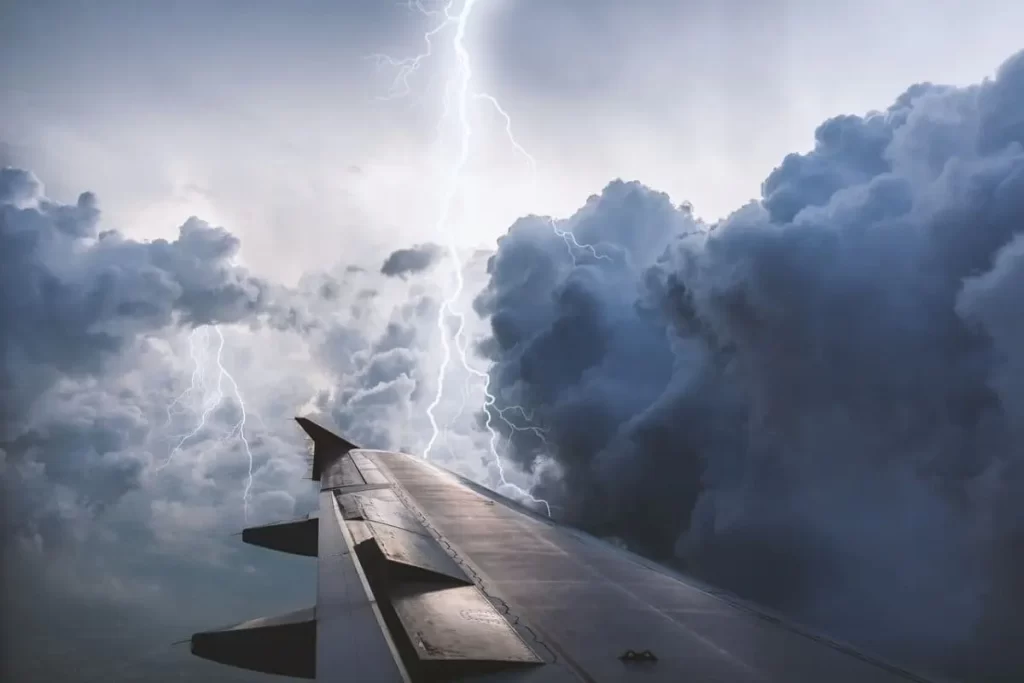
In fact, it’s estimated that a commercial airliner is struck by lightning once a year, or once every 3,000 hours of flight time. This may seem like a lot, but it’s actually quite safe. The reason is that planes are designed to withstand lightning strikes. The metal skin of an airplane acts like a Faraday cage. This means that the lightning strike flows around the outside of the plane, rather than through the interior. The lightning strike typically enters the plane through the nose or wingtip and exits through the tail.
There have been a few cases where lightning has caused damage to an airplane, but these are very rare. In fact, the last time a lightning strike brought down a plane was in 1967.
So, why are planes designed to be struck by lightning?
The answer is simple: it’s safer than trying to avoid lightning altogether. If a plane tries to avoid a thunderstorm, it could end up flying through turbulence or other hazardous conditions. In the long run, it’s simply safer to let the plane get hit by lightning and ride it out.
-
There’s no safest seat on a plane
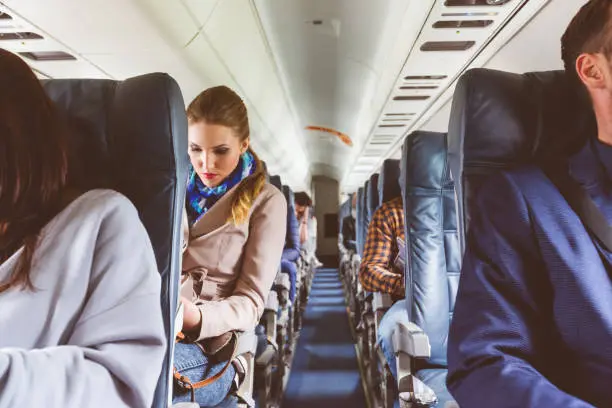
The safest seat on a plane is a matter of debate. The Federal Aviation Administration (FAA) says there is no safest seat, but a study by TIME magazine found that the middle seats in the back of the plane had the lowest fatality rate in a crash. The study looked at 17 major plane crashes from 1971 to 2008 and found that the fatality rate for the middle seats in the back of the plane was 32%. This was compared to a fatality rate of 39% for the middle seats in the middle of the plane and 38% for the middle seats in the front of the plane.
However, the study also found that there were many other factors that could affect a person’s chances of survival in a plane crash, such as the severity of the crash, the type of plane, and the location of the impact.
So, while the TIME study suggests that the middle seats in the back of the plane may be the safest, it’s important to remember that there is no guarantee of survival in a plane crash. The best way to increase your chances of survival is to wear your seatbelt and be prepared for an emergency.
-
Airplane’s tires cannot pop on landing
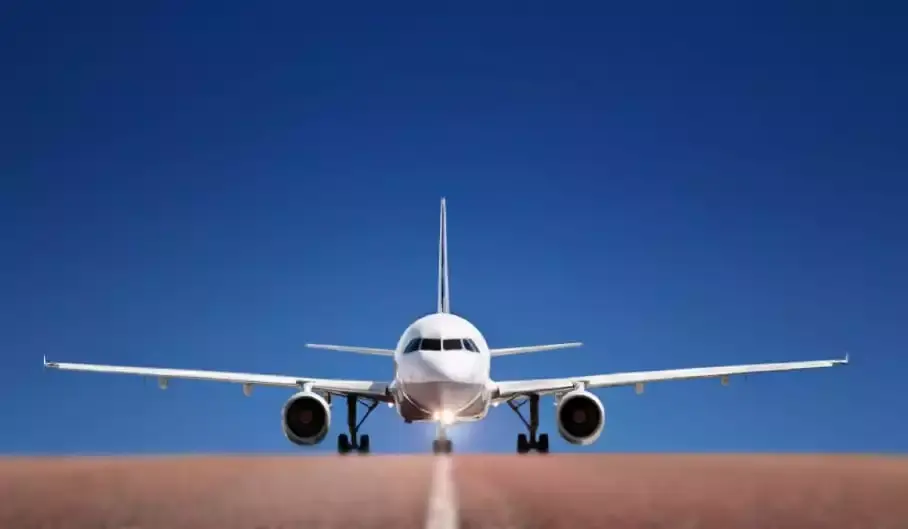
Airplane tires are some of the most heavily-stressed components on an aircraft. They must be able to withstand incredible weight loads (up to 38 tons!) and repeated impacts at high speeds. To meet these demanding requirements, airplane tires are made from a variety of materials, including high-strength steel, rubber, and fabric. The tires are also inflated to very high pressure, typically around 200 psi, which is about six times the pressure used in a car tire.
The high pressure and strong construction of airplane tires allow them to withstand the forces of takeoff and landing without failing. In fact, a typical airplane tire can hit the ground at 170 mph more than 500 times before it needs to be replaced. If an airplane does need new tires, the ground crew simply jack up the plane like you would a car. The old tires are then removed and new tires are installed. The entire process takes about an hour.
In the event of a tire failure during takeoff, pilots will abort the flight and land immediately for a safety inspection. This is because a tire failure can cause the plane to veer off course or even crash.
Airplane tires are an essential part of the safety of flight. Their design and construction allow them to withstand the stresses of takeoff and landing, and their replacement is a relatively simple process.
-
It’s possible to fly with one engine
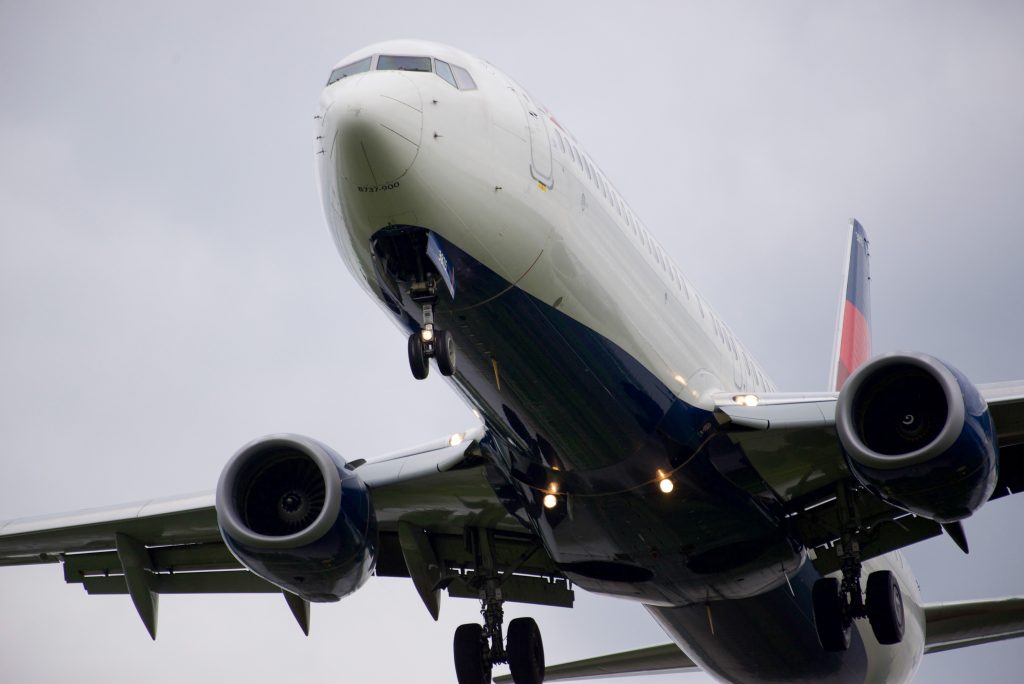
The idea of an engine failing mid-flight can be frightening, but commercial airplanes are designed to fly safely with just one engine. In fact, any plane scheduled on a long-distance route, especially those that fly over oceans or through uninhabited areas, must be certified by the FAA for Extended-range Twin-engine Operations (ETOPS). This certification ensures that the plane can fly safely for a certain amount of time with one engine.
For example, the Boeing Dreamliner is certified for ETOPS-330, which means it can fly for 330 minutes (that’s five and a half hours) with just one engine. This is more than enough time for the plane to reach an airport and land safely.
-
Ashtrays for non-smoking flights
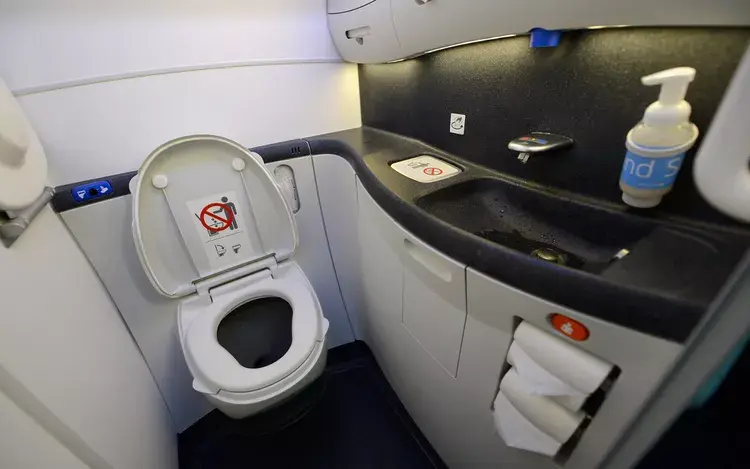
The Federal Aviation Administration (FAA) banned smoking on airplanes in 2000. However, even though smoking is prohibited, airplane lavatories still have ashtrays. This is because airlines and plane designers believe that some people will still smoke on planes, even though it is against the rules. If someone does smoke on a plane, it is better for them to do it in the lavatory than in the main cabin. This is because the lavatory is a smaller, more confined space, which means that there is less risk of a fire starting if a cigarette is dropped or discarded improperly.
The ashtrays in airplane lavatories are also designed to prevent fires. They are made of a material that is not easily flammable, and they have a built-in mechanism that extinguishes cigarettes that are placed in them.
If you are caught smoking on a plane, you can be fined up to $10,000. So, even though it may be tempting to light up a cigarette in the lavatory, it is not worth the risk.
-
The tiny hole in airplane windows
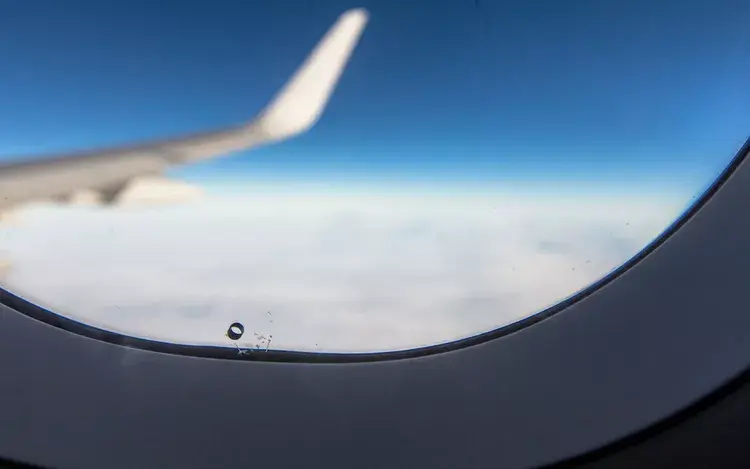
Have you ever wondered why airplane windows have tiny holes in them? These holes, also known as “bleed holes,” serve an important purpose: they help to regulate cabin pressure.
Airplane windows are made up of three layers of acrylic. The exterior layer is the one you see, and it helps to keep the elements out. The middle layer is a sacrificial pane, which means that it is designed to break if the exterior layer fails. The interior layer is the one that passengers touch, and it helps to maintain cabin pressure. The bleed hole in the interior layer allows air to flow between the cabin and the space between the middle and exterior layers. This helps to equalize the pressure between the two spaces, which prevents the middle layer from breaking.
The bleed hole is small, but it is essential for the safety of airplane windows. Without it, the middle layer would be more likely to break, which could lead to a decompression event.
-
Why airplane food tastes bland

Airplane food has a bad reputation, but it’s not entirely the fault of the airlines. The environment inside an airplane actually alters the way food and drink taste.
A study by Cornell University found that sweet items taste less sweet, while salty flavors are heightened. This is because the dry air in the cabin dehydrates our mouths, making it harder to taste sweetness. The low air pressure also dulls our sense of smell, which can further diminish our ability to taste food. In fact, a study by the Fraunhofer Institute for Building Physics in Germany found that it’s about 30% more difficult to detect sweet and salty tastes when you’re up in the air.
So, next time you fly, don’t be surprised if your food doesn’t taste as good as it does on the ground. If you’re looking for something that will still taste good, try a glass of tomato juice. Tomato juice is a savory drink that tends to taste better in the air than on the ground.
Source: Travel+Leisure
Follow us
Cancun Airport Website | Cancun Airport Facebook | Cancun Airport Instagram
